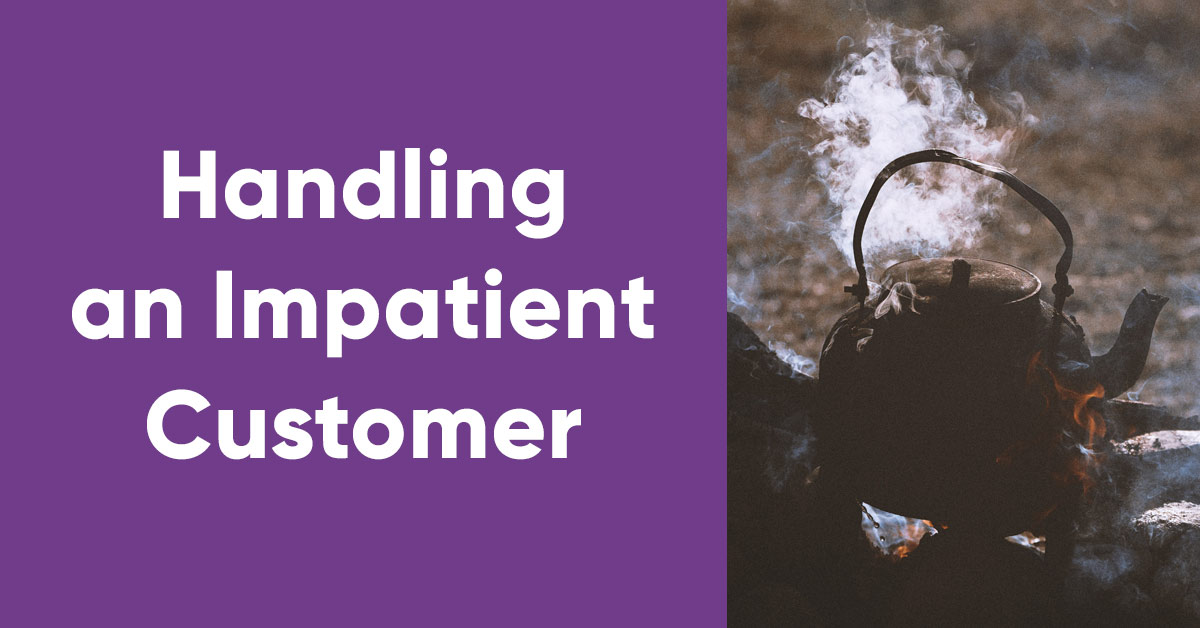
When it comes to customer service, patience isn’t always a virtue – some customers can be extremely demanding, and the word “wait” isn’t in everyone’s vocabulary. The ideal solution is a good AI chatbot that can deal with most issues within a second. However, more difficult issues still typically require the help of an agent.
It often happens then that while waiting for contact with an agent, customers abandon the chat before their problem is solved. This is even more the case during periods of increased website traffic, but it’s something that no business can afford at any time. Here are a few ways to keep the customer in the conversation and increase the efficiency of your agents.
Customers simply do not like to wait – over 20% of them rate the long wait for a response as the most frustrating factor in customer service. So don’t let them wait. Try to provide the first response within 60 seconds of accepting the chat.
TIP: Watch the conversation queue in the LiveChat panel. If your customers wait for the first response for more than 45 seconds, LiveChat marks the customer’s avatar with a red symbol. With this feature, you can easily prioritize conversations that need attention.
During a live session with a customer, quick responses are a crucial part of meeting their expectations. Canned responses (ready response templates that can be saved in the LiveChat panel) come in handy here. Create your own library and call on them during a conversation. In LiveChat, use the # symbol with the assigned category name, e.g. #help (“Can I help you with anything else?”)

TIP: Your answers should be precise and positive. Try not to overuse them – your customers should never realize that you are using a ready-made answer database.
Personalized experiences translate into increased brand loyalty and customer satisfaction. Try the following methods to increase customer engagement during the conversation:
Begin with a friendly greeting and introduction. It will be more difficult for the client to leave the chat knowing that there is another person on the other side.
Refer to the customer by name – according to research, customers who are addressed by name are 30% more likely to recommend the brand to their friends.
End the conversation in a positive tone – even if it won’t directly affect customer retention. Thank the customer for their time and make them feel appreciated. A satisfied customer is a loyal customer!
TIP: Customers like to see who they’re talking to. Add your photo to the agent’s profile in the LiveChat panel.
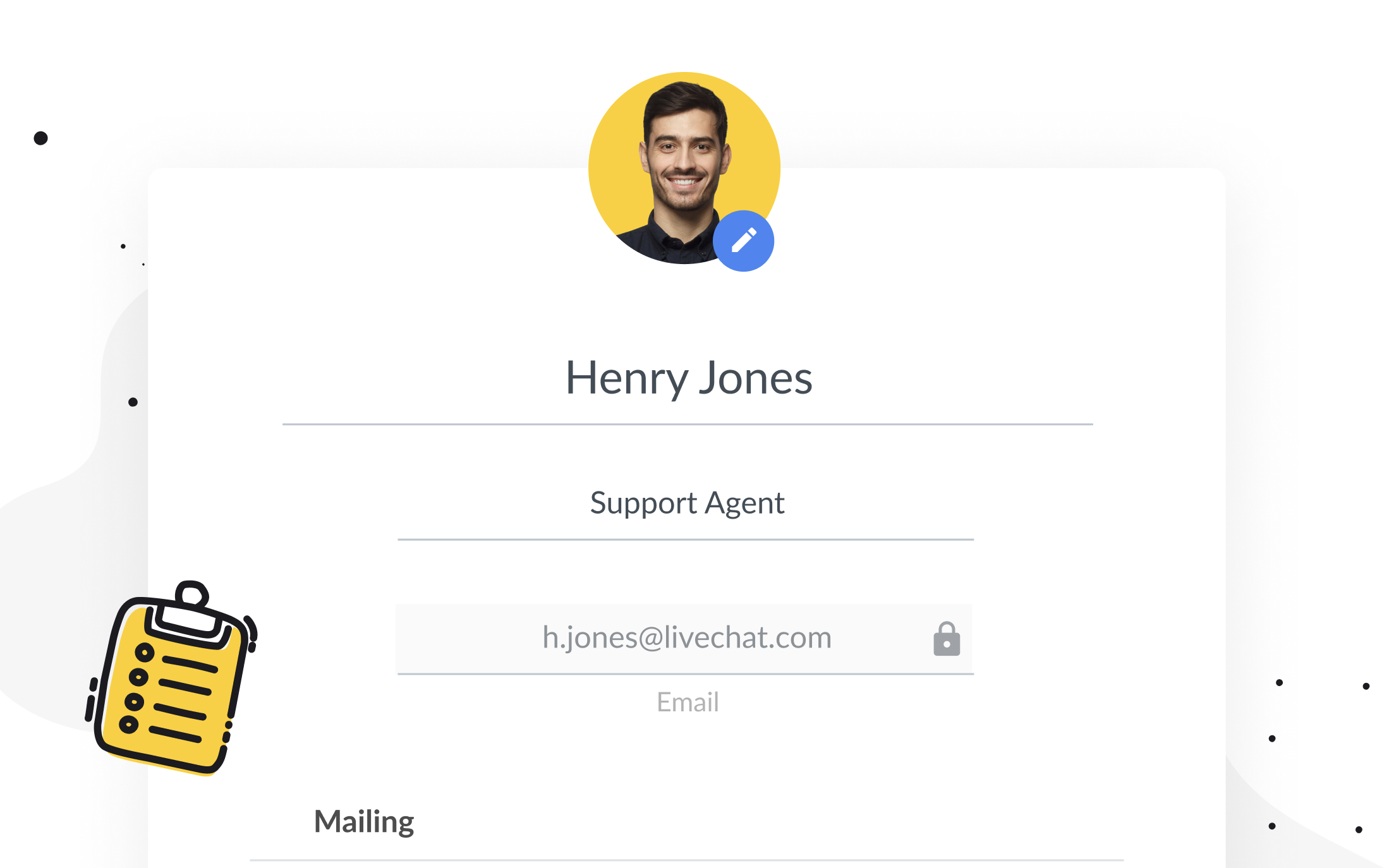
source: livechat.com
You won’t always be able to find an immediate solution for the customer. If an issue requires a longer intervention, openly communicate this and specify a time frame. If the customer knows how long to wait, they will be more likely to stay in the conversation.
The chat status changes depending on set time limits, or inactivity timeouts. Adapt them to your internal procedures – if an agent needs 5 minutes to check the availability of a product, make sure that the chat is not deactivated before the answer is delivered. Ending the session before providing a solution is the surest way to lose a customer.
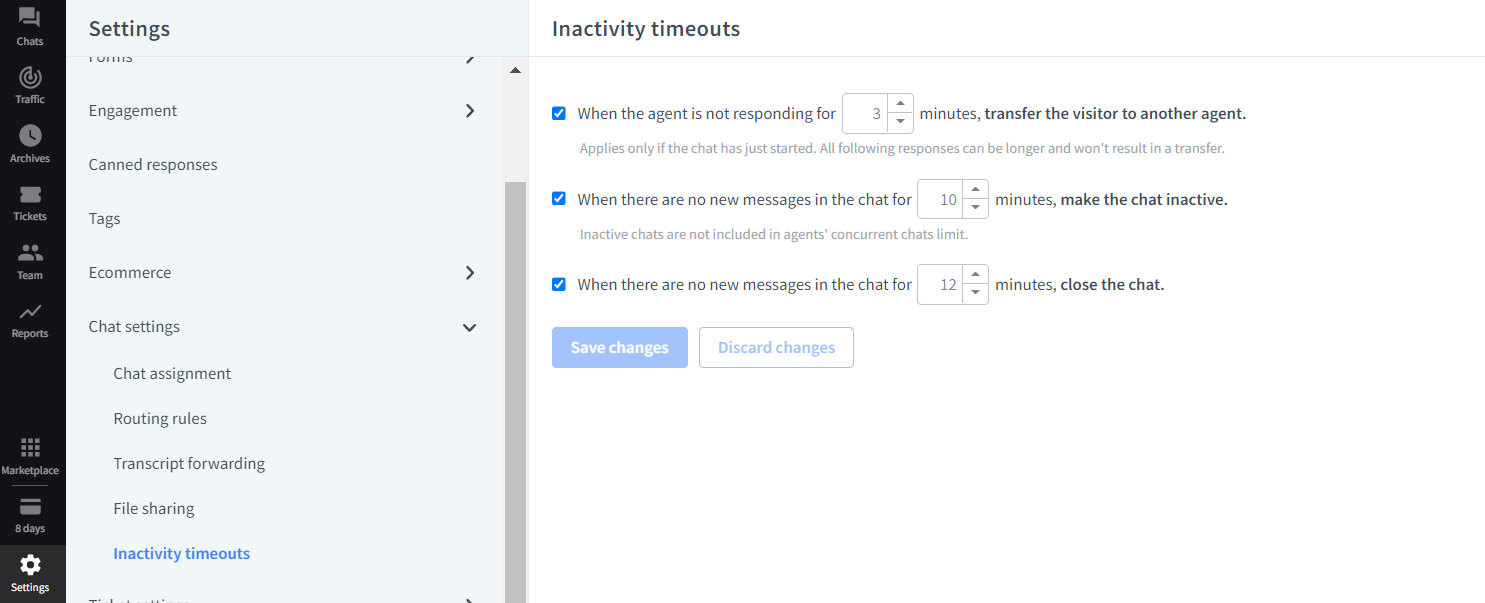
Source: livechat.com
If helping a client requires knowledge of a specific process, you can refer them to a specialized group of agents. LiveChat allows you to create groups of agents and rules that direct the customer directly to one of them, e.g. from the level of location, domain, or URL. Thanks to this, the customer will get a solution to their specific issue faster and more efficiently.
Example: If a customer needs assistance with their virtual shopping cart, they can be directed to a specialized group of agents who will help them solve the problem and finalize the purchase.

Source: livechat.com
To reduce interaction time and give your agents a break, automate processes in the chatbot wherever possible. Thanks to integration, your chatbot can generate links to invoices and provide information on order status, returns, and complaints, automating up to 15% of customer inquiries and boosting customer satisfaction.
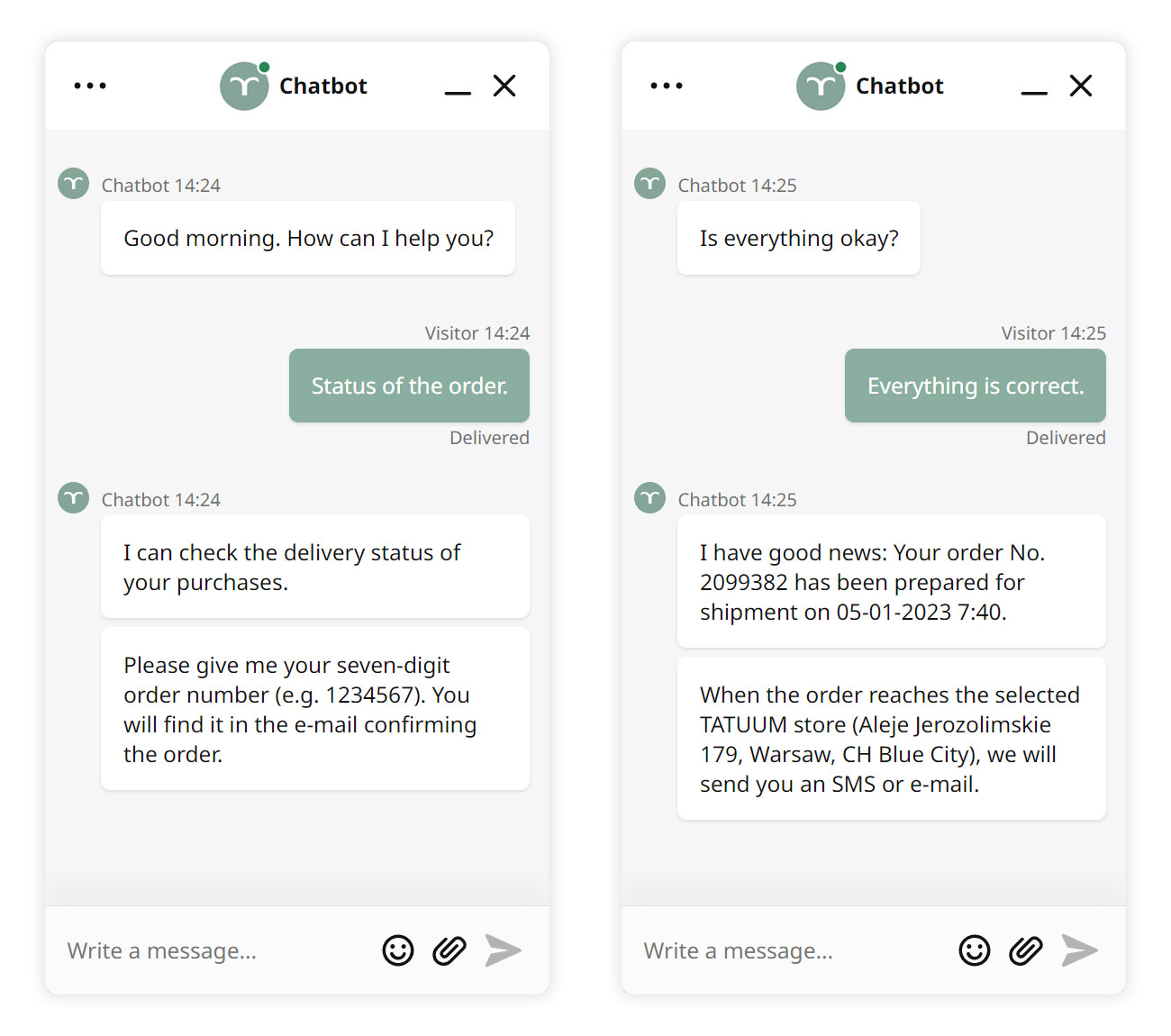
Tatuum store chatbot, source: own materials

According to Business Insider, the chatbot market will nearly quadruple by 2024, growing from $2.6 billion to $9.4 billion at a CAGR of 29.7%. Read on to see 7 top trends that we at PerfectBot believe will shape the chatbot universe this year.
Read more
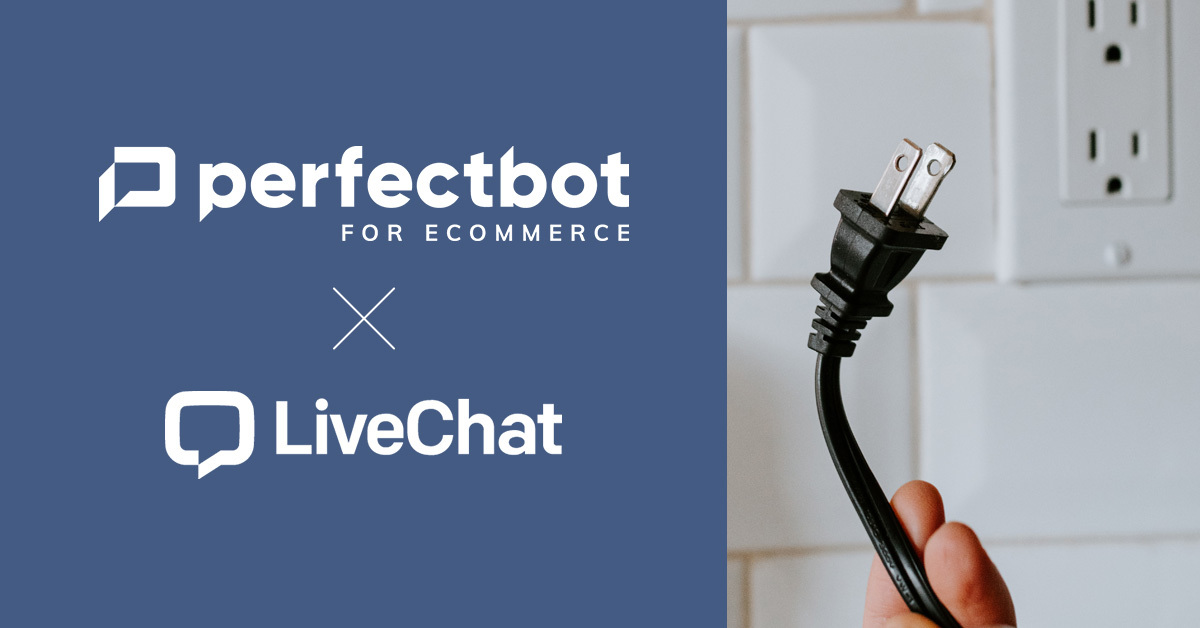
Install „PerfectBot for eCommerce” Demo App in your LiveChat and test how easily you can automate customer service in your eCommerce. Use 250+ LiveChat automations built specifically for your eCommerce category and save months on training your AI Chatbot.
Read more
Chatbot tailored for
customer service in eCommerce
The highest
resolution rate
Ready
in 2 weeks